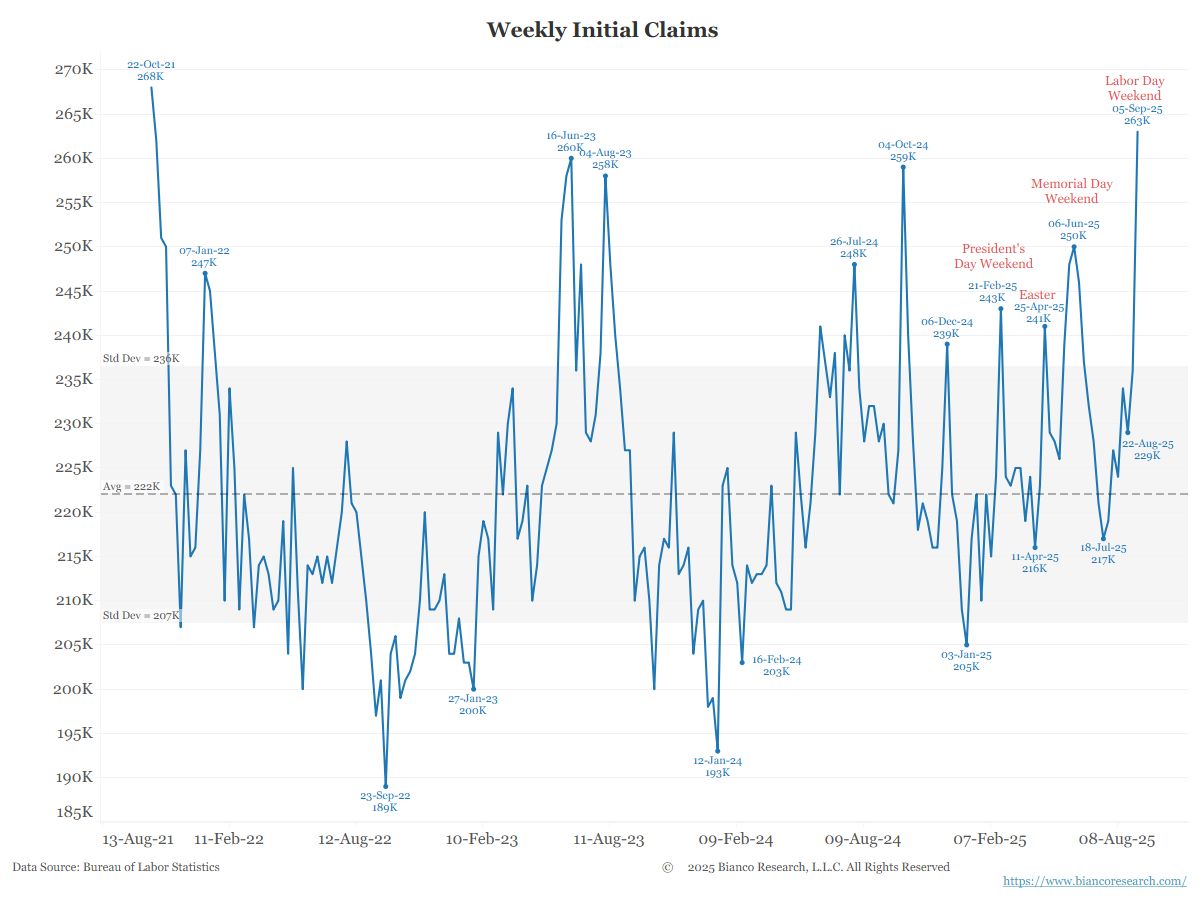The Federal Reserve is set to raise its benchmark policy rate by 0.75 percentage points on Wednesday for the fourth time in a row, as it continues its long-running battle to bring down persistently high US inflation.
The Federal Open Market Committee is expected to lift the federal funds rate to a new target range of 3.75 per cent to 4 per cent following its two-day meeting, intensifying its grip on an economy that is proving more resilient than expected in the face of aggressive monetary tightening.
The Fed’s decision to press ahead with its supersized rate rises comes amid mounting evidence that the most acute inflation problem in decades is not improving. This is despite signs that consumer demand is starting to cool and the housing market has slowed significantly under the weight of spiralling mortgage rates, which last week rose above 7 per cent.
Data released since the September gathering have shown consumer price growth accelerating once again across a broad array of goods and services, suggesting underlying inflationary pressures are becoming more entrenched. The labour market also remains very tight, with strong wage growth and resurgent job openings.
Wednesday’s decision will move the federal funds rate further into “restrictive” territory, meaning it will more forcefully stifle economic activity.
Given how far the Fed has already lifted rates — from near-zero as recently as March — top officials and economists are having increasingly urgent discussions about when the US central bank should slow the pace of its rate rises, particularly since changes to monetary policy take time to filter through the economy.
The Fed first introduced the notion of slowing down “at some point” back in July, and forecasts published at the September meeting suggest support for such a move in December. At September’s meeting, most officials projected the fed funds rate reaching 4.4 per cent by the end of the year, indicating a step down to a half-point rate rise next month.
Economists are concerned that by prolonging its aggressive tightening programme, the Fed risks triggering a more pronounced economic downturn than is necessary, as well as instability in financial markets. Some Fed watchers warn that recent flashpoints in the UK government bond market, which required the Bank of England to step in, offer a cautionary tale.
Democratic lawmakers have also called on the Fed to back off of its aggressive approach.
However Fed chair Jay Powell will be under pressure to reassure economists and investors that slowing the pace of rate rises does not mean a reduced commitment to stamping out price pressures. To that end, many economists expect the Fed to back rate rises that exceed the 4.6 per cent peak level planned in September. A benchmark policy rate of at least 5 per cent is now expected to be required to tame inflation.
















